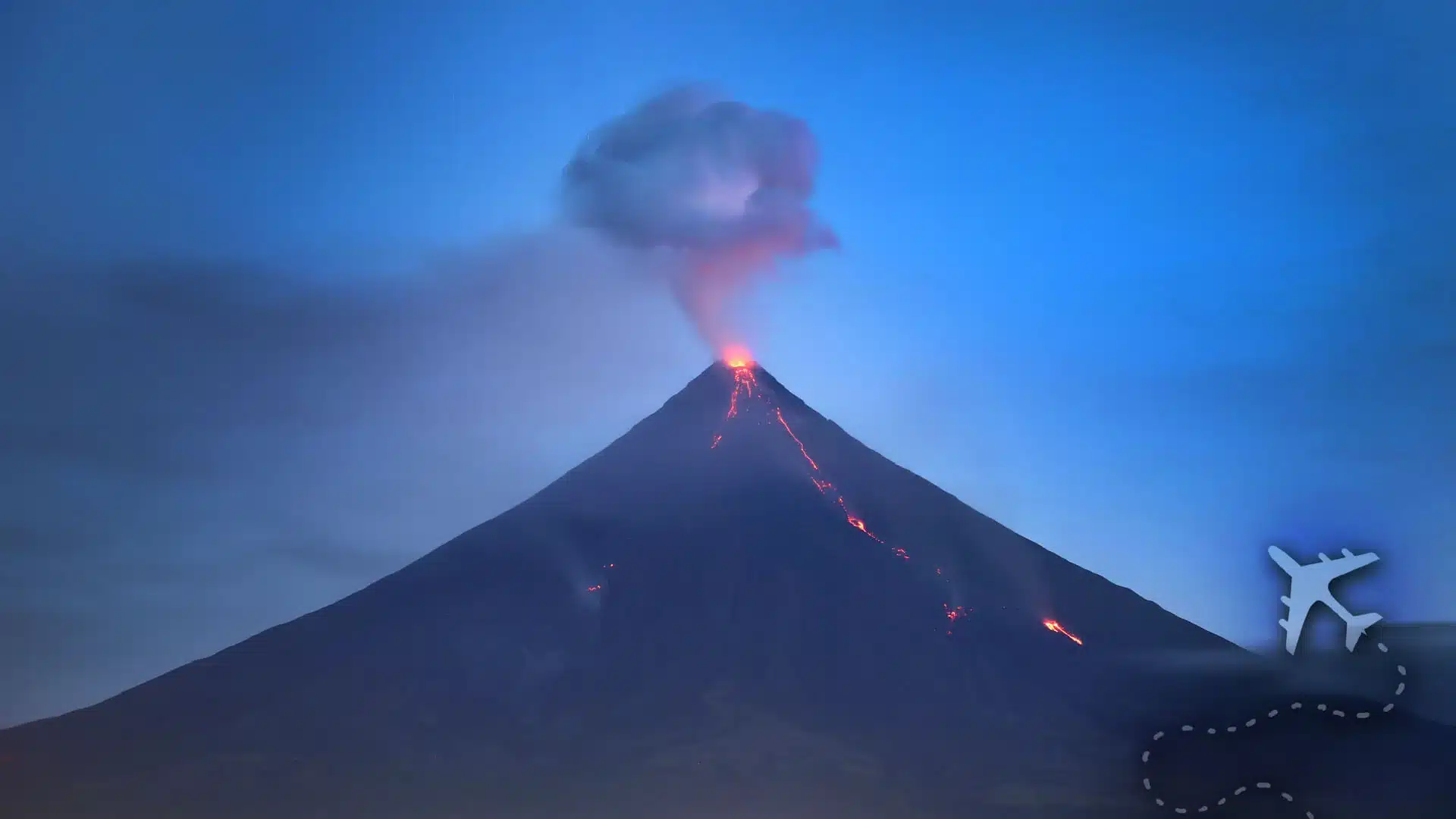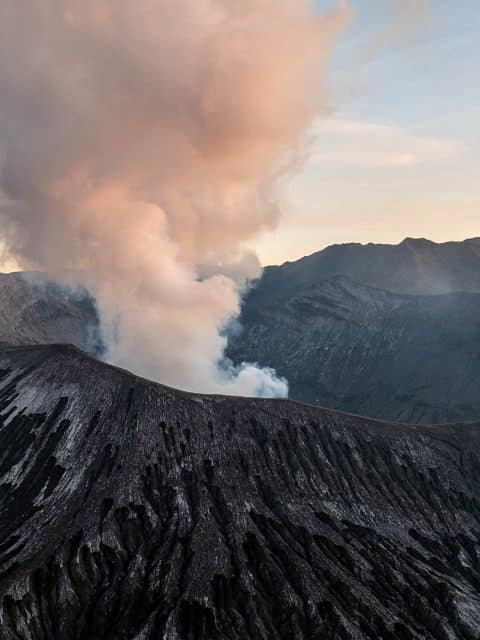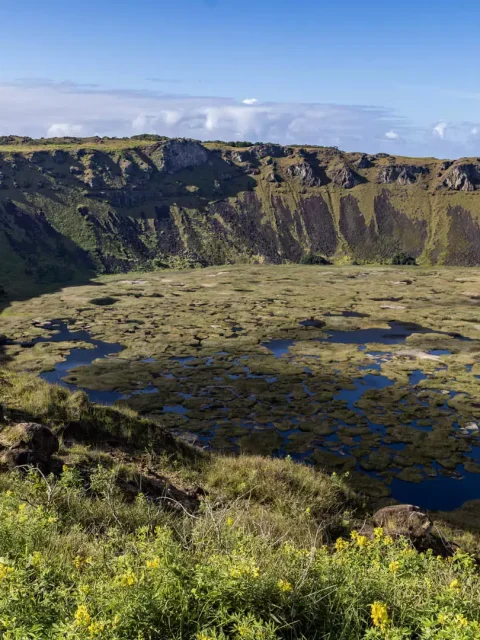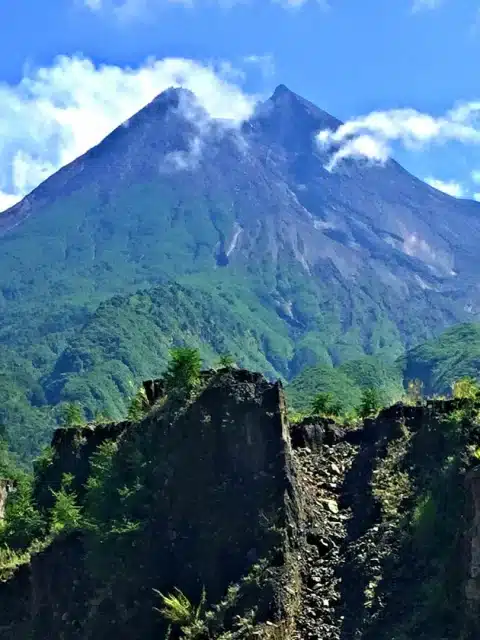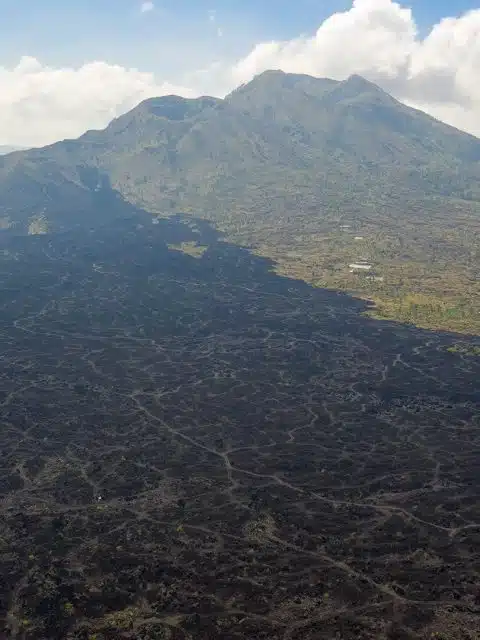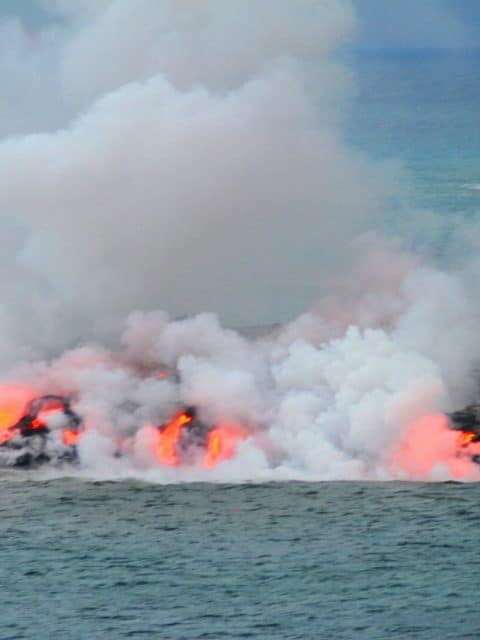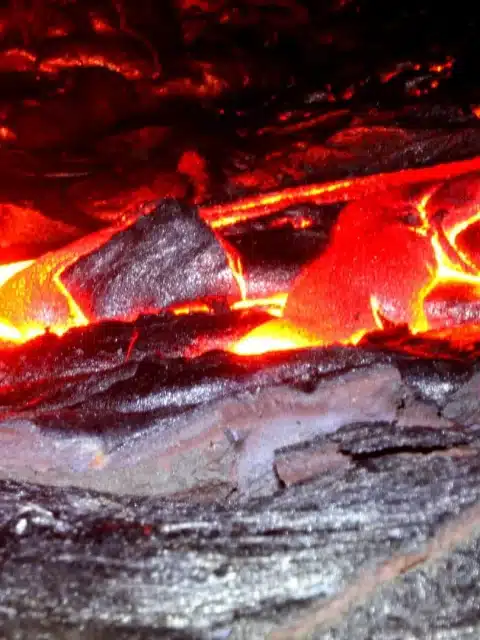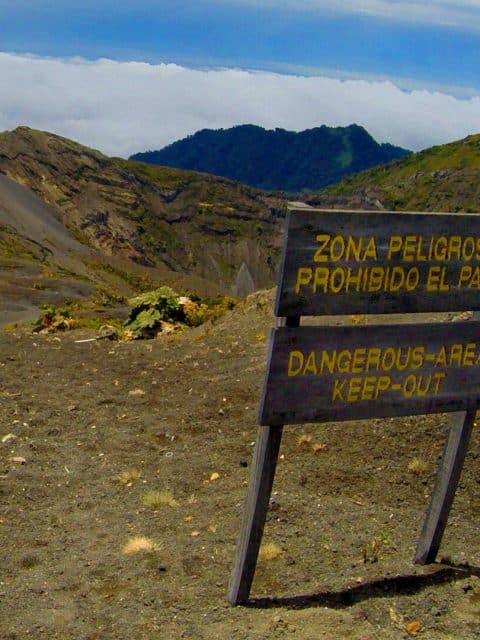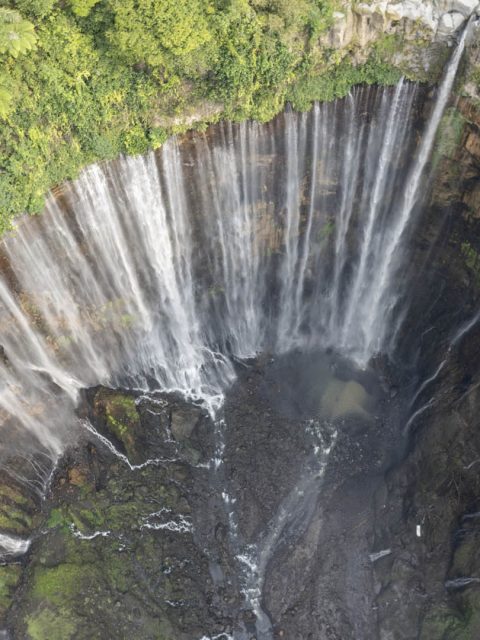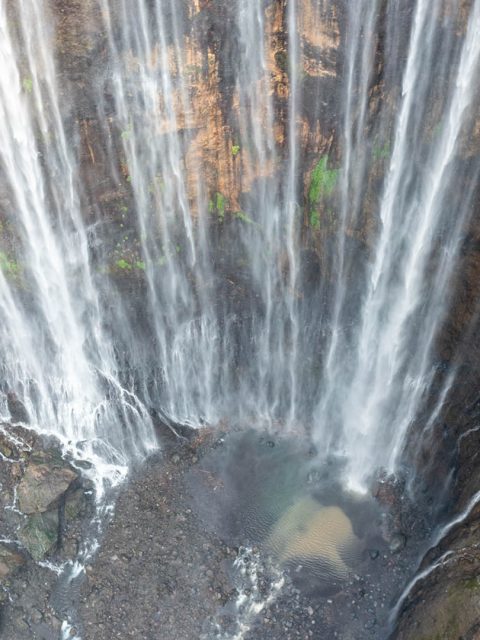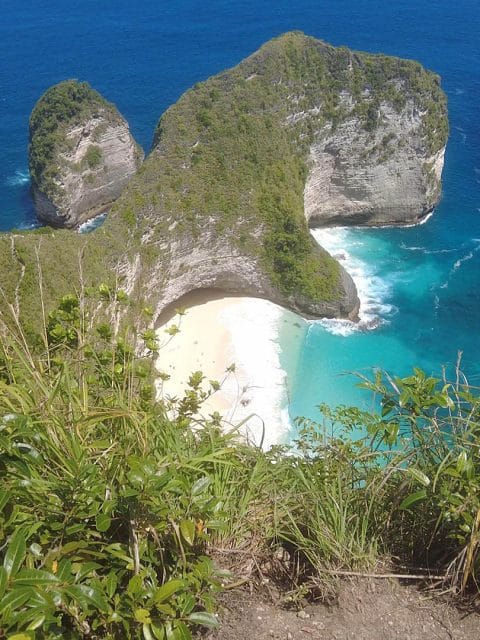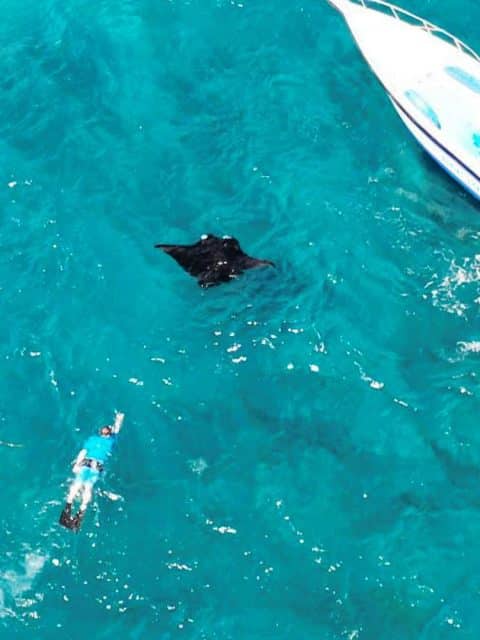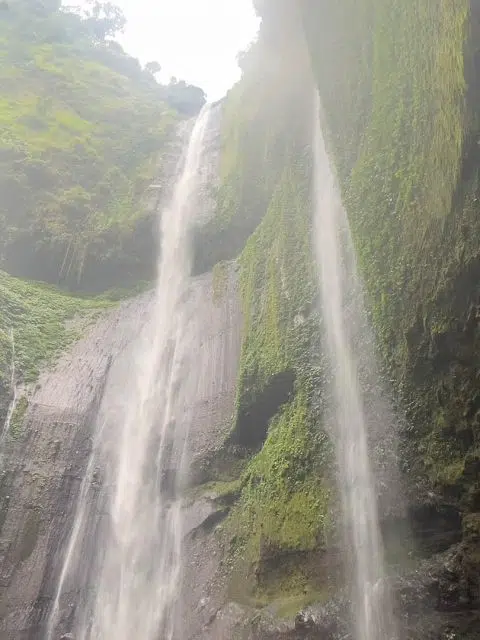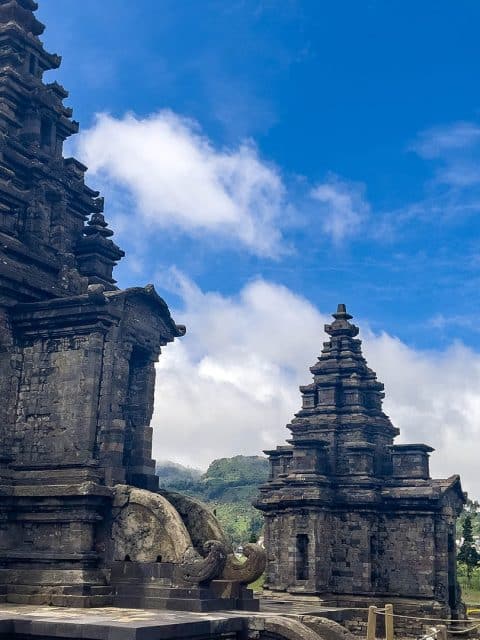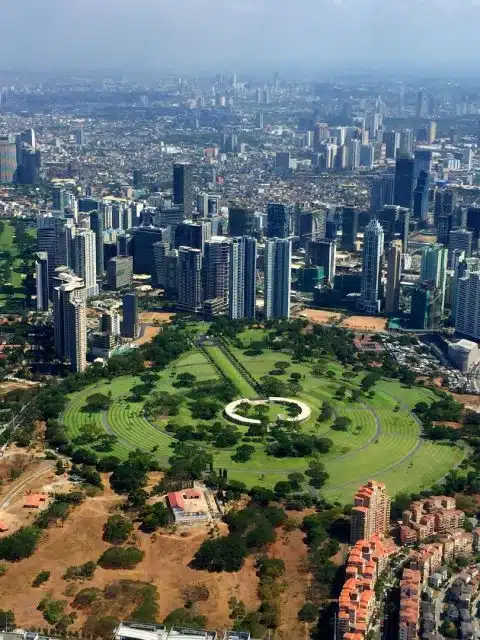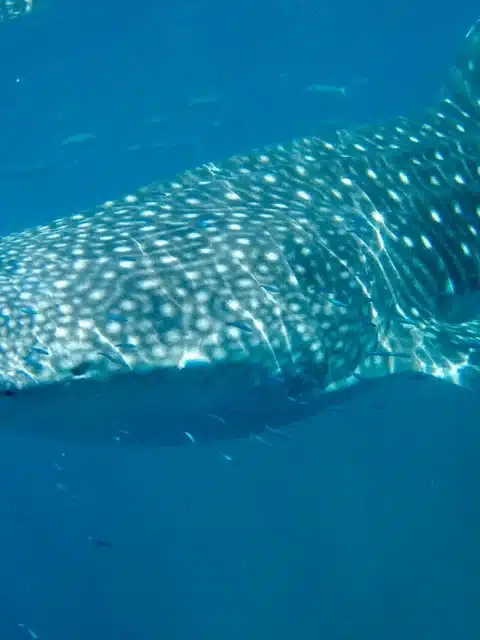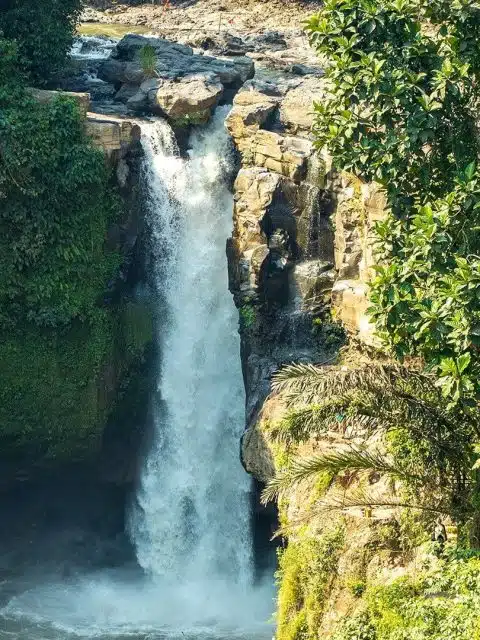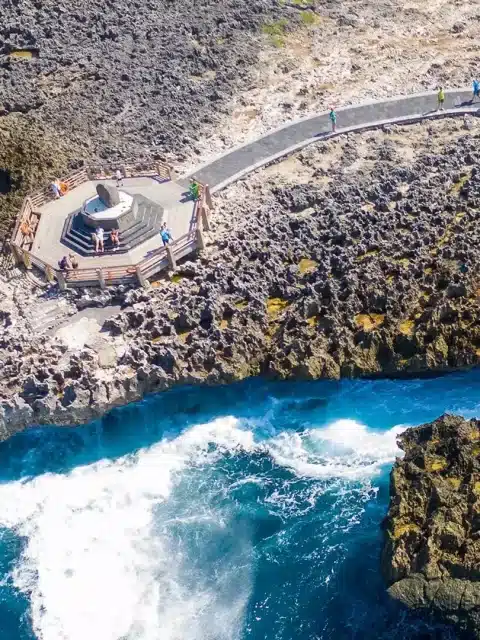Embark on a captivating journey to the Pacific Ring of Fire for volcano tourism, where the Earth’s raw power takes center stage with breathtaking displays of molten lava, towering craters, and awe-inspiring geothermal activity.
The Pacific Ring of Fire is a captivating and dynamic region that boasts a string of active, dormant, and extinct volcanoes, presenting a unique and awe-inspiring opportunity for travelers. These volcanic landscapes offer an unparalleled chance to witness the Earth’s raw power. The mesmerizing spectacle of molten lava flows, volcanic craters, and geothermal activity provides an unforgettable experience for adventure enthusiasts and nature lovers alike.
Beyond the sheer geological marvel, the Pacific Ring of Fire is culturally significant. Many surrounding communities have harmonized with these volcanic environments, incorporating the natural elements into their traditions and lifestyles. Exploring these regions allows visitors to gain insights into the resilience and adaptability of these communities, fostering a deeper appreciation for the intricate relationship between humans and their volcanic surroundings.
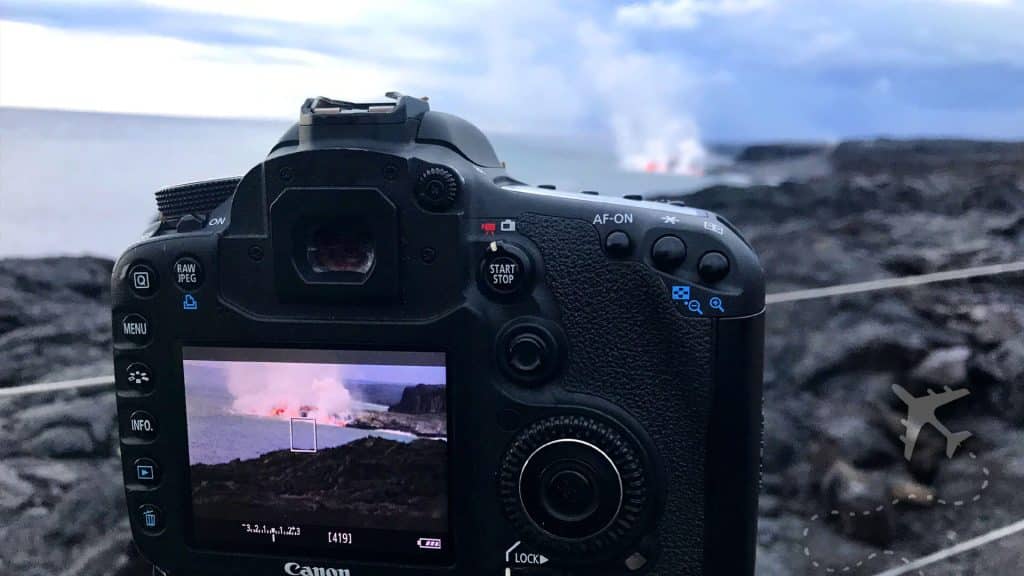
Moreover, the Pacific Ring of Fire is an outdoor classroom for those interested in earth sciences. Volcanic sites provide an opportunity to study the Earth’s inner workings and better understand geological processes. Scientists and enthusiasts can witness firsthand the transformative impact of volcanic activity on landscapes and ecosystems, contributing to ongoing research and education about our planet’s dynamic nature. Overall, visiting the volcanoes in the Pacific Ring of Fire promises a visually stunning adventure and a chance to delve into the geological and cultural richness of this remarkable region.
Planning your trip to the Pacific Ring of Fire
My passion is to explore volcanoes for spectacular views, adventure, scientific interest, and cultural significance. So I set off to explore the world’s volcanoes with the hopes that I’d get to see some action up close.
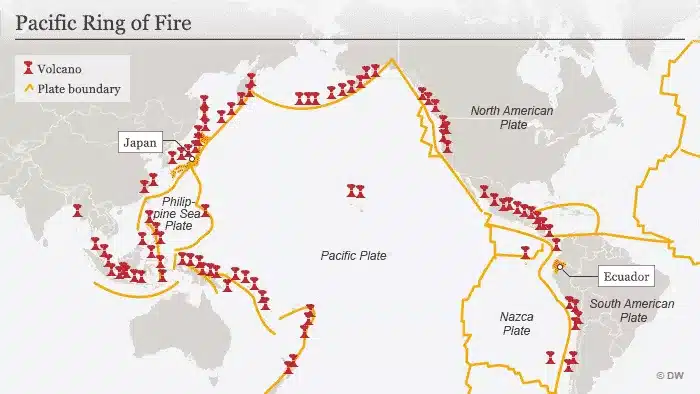
My destination: The horseshoe-shaped Pacific Ring of Fire, claiming 92% of the world’s most significant eruptions over the past 11,000 years.
My goal: Get up close with the world’s volcanoes and photograph the raw beauty of this planet.
Volcano tourism destinations in the Pacific Ring of Fire

The December 2019 eruption of New Zealand’s Whakaari/White Island volcano highlights how dangerous Volcano Tourism can be. Even a sleeping volcano can abruptly (and violently) awaken.
Volcano tourism is a relatively new niche segment that attracts science professionals, photographers, and adventure seekers to witness mother nature’s big show up close.
Volcano tourism can be divided into four primary reasons why people seek and visit volcanoes.
- Spectacular views: An erupting volcano can be awe-inspiring, with their steep slopes, and rugged terrain. Many tourists are drawn to the natural beauty and uniqueness of volcanoes, especially in the Pacific Ring of Fire.
- Adventure: For many people, visiting a volcano represents an exciting adventure, especially if they can hike up to the summit or explore nearby lava flows. Volcano tourism can offer the thrill of exploring a natural wonder and experiencing the power of nature up close.
- Scientific interest: Volcanoes are fascinating geological phenomena that can offer insights into the workings of the Earth’s crust and the history of our planet. Scientists and students may be drawn for research purposes, which can also attract tourists interested in learning more about geology and the natural world.
- Cultural significance: Some volcanoes are important cultural sites for indigenous peoples and can offer visitors a chance to learn about local history and traditions.

Destinations in and around the Pacific Ring of Fire
Pacific Ring of Fire Uncensored
The Pacific Ring of Fire is a well-known destinations for those who are interested in volcanoes and volcano tourism. I’ve been fascinated with Earth Science for the entirety of my adult’ish life, especially volcanoes. Not for the death and destruction, but for the awe-inspiring power and humbling respect for how badass mother nature is.
Volcano tourism can be an exciting and unforgettable experience, but it’s important to remember that volcanic activity can be unpredictable and potentially dangerous. Here are some tips to safely enjoy volcano tourism:
- Research the volcano: Before visiting, research its history, recent activity, and any warnings or alerts issued by local authorities. This information will help you understand the potential risks and plan your trip accordingly.
- Choose a reputable tour operator: Select a tour operator with a good reputation and a focus on safety. Ensure the operator is licensed, experienced, and follows all safety protocols. Solo hiking is not recommended for beginners.
- Follow instructions from local authorities and guides: When visiting a volcano, it’s essential to follow the instructions of local authorities and guides. Stay on designated paths, avoid restricted areas, and be aware of warning signs and signals.
- Wear appropriate clothing and gear: Dress in layers and wear comfortable, sturdy shoes with good traction. Bring sunscreen, mosquito repellant, a hat, and sunglasses to protect yourself from the sun. If the volcano is actively erupting, bring a mask that can filter particulate and hazardous gasses. Bring plenty of water, snacks, and a first aid kit.
- Be prepared for emergencies: Make sure you have a plan in case of an emergency, such as a sudden eruption or earthquake. Familiarize yourself with evacuation routes and emergency procedures, and bring a fully charged mobile phone.
In Conclusion
Vulcanology has enabled governments and scientists to grasp what a volcano is doing and if an eruption is imminent; however, Mother Nature is in complete control of the timeline of events. With Volcanoes, you should always expect the unexpected and budget enough time to hurry up and wait for nature’s big show.


